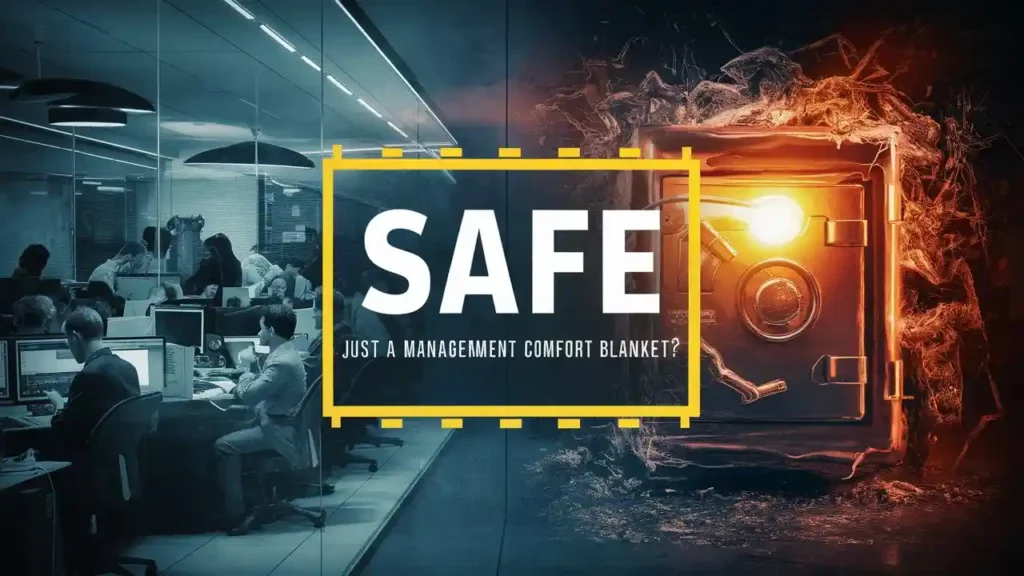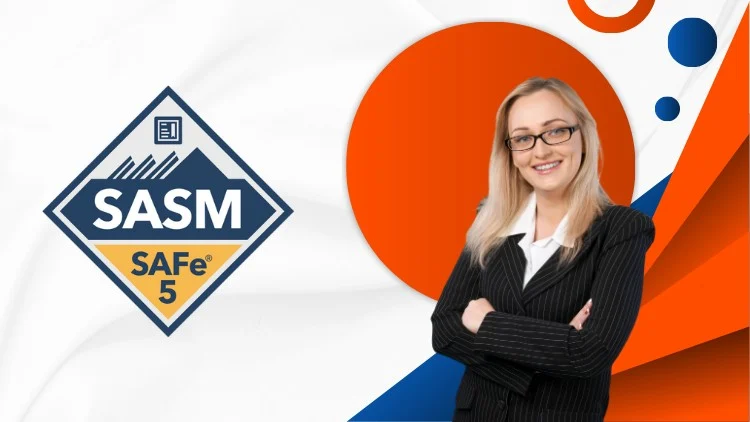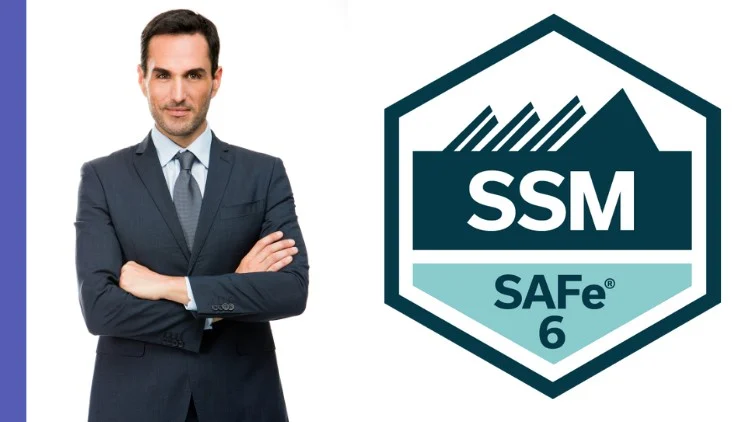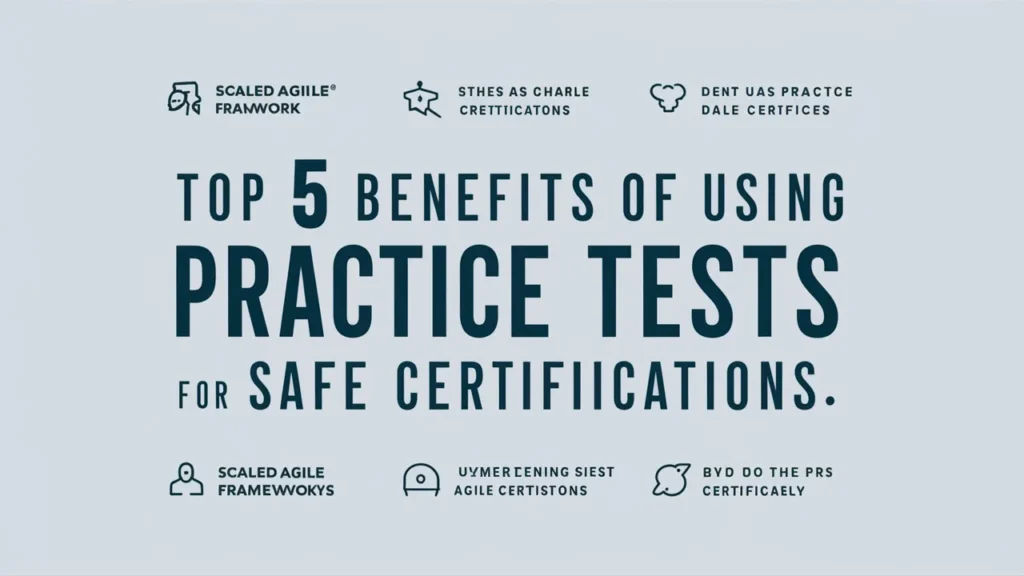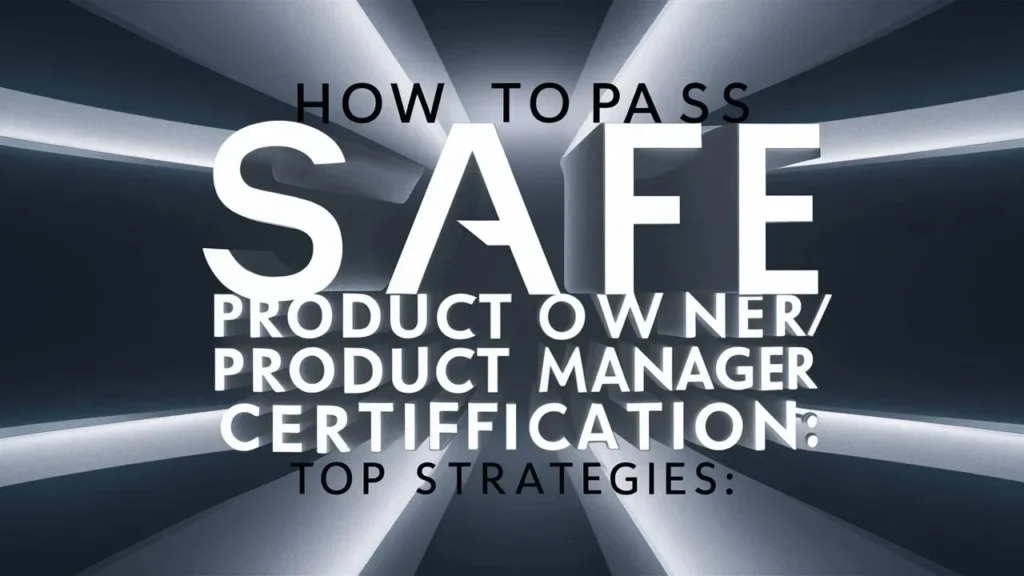Introduction
Scaled Agile Framework (SAFe) is heralded as a revolutionary approach to scaling agile practices in large organizations. Yet, some voices within the agile community ask a controversial question: Is SAFe just a management comfort blanket? In this blog, we take a hard look at SAFe’s role in modern organizations. Is it a genuine enabler of agile transformation, or is it simply a way for managers to feel in control without addressing the core challenges of agility? Whether you’re an agile practitioner, a manager, or simply curious about the debate, this post aims to provoke thought and spark a lively discussion.
Actionable Tip: As you read, reflect on your own experiences with SAFe. Identify specific aspects of SAFe that have either helped or hindered your team’s agility, and be prepared to share your perspective in the comments.
The Promise of SAFe: A Quick Overview
SAFe was introduced to help large organizations scale agile practices, promising improved collaboration, faster delivery, and enhanced alignment between teams and business objectives. It offers a structured, top-down approach that many find appealing in complex environments.
What It Offers:
- Frameworks for portfolio management, program increments, and agile release trains.
- Standardized practices designed to streamline workflows across multiple teams.
The Vision:
SAFe envisions a future where agile principles drive business outcomes across the entire organization, from the boardroom to the development floor.
SAFe as a Management Tool: Comfort or Constraint?
Pros: Structure and Predictability
Supporters argue that SAFe provides the necessary structure to manage large-scale agile initiatives:
Clear Roles and Responsibilities:
SAFe defines roles and artifacts that help clarify accountability.Predictable Cadence:
With regular program increments and sprint cycles, it creates a predictable schedule.Scalability:
Designed to manage multiple teams, SAFe offers a way to maintain alignment across a large organization.
Cons: Overhead and Rigidity
Critics, however, believe that SAFe can be a hindrance rather than a help:
Excessive Bureaucracy:
Some argue that the framework adds layers of process that bog down teams.Rigidity:
Instead of fostering true agility, SAFe may lock organizations into a rigid structure that stifles innovation.Management Comfort Blanket?:
There’s a growing sentiment that SAFe is used by management as a way to maintain control without embracing the messy, adaptive nature of agile.
Controversial Perspectives: Is It Just a Blanket?
Real-World Experiences
Consider the experience of a mid-sized tech company that adopted SAFe to coordinate multiple agile teams. While the initial rollout was smooth, some teams later reported that the rigid ceremonies and extensive reporting requirements stifled their creativity and slowed down decision-making. One project manager candidly stated, “I’ve experienced SAFe used as a way for management to feel they have control over everything, even though it often just creates more red tape.” Such feedback has sparked a debate: are these challenges inherent to SAFe, or are they the result of poor implementation?
The Debate: True Agility or Just a Buzzword?
The controversy centers on whether SAFe truly embodies agile principles or if it’s simply a management tool that provides a false sense of agility:
True Agility:
Proponents believe that when implemented correctly, SAFe can facilitate transparency, faster delivery, and improved coordination.Management Comfort Blanket:
Critics argue that SAFe’s extensive processes and hierarchical structures serve more to comfort managers than to empower agile teams. It can create an illusion of control while masking underlying inefficiencies and resistance to change.
Striking the Balance: Using SAFe Effectively
For organizations caught in the debate, the key lies in balancing structure with flexibility:
Customize the Framework:
Tailor SAFe’s processes to fit your organization’s unique culture and needs. Don’t adopt it wholesale—adapt it.Empower Teams:
Ensure that agile teams have the autonomy to make decisions and that SAFe processes support rather than hinder their work.Continuous Improvement:
Regularly review the framework’s impact on your teams. Solicit honest feedback and be willing to adjust processes to better serve your goals.
Actionable Tip: If you’re implementing SAFe, hold regular retrospectives focused not only on process improvements but also on assessing whether SAFe’s structure is enabling true agility or simply serving as a management convenience.
Conclusion
The debate over whether SAFe is a genuine enabler of agile transformation or merely a management comfort blanket remains contentious. While it offers structure and predictability, its rigidity and potential for excessive bureaucracy have left some questioning its true value. The key for organizations is to strike a balance—adopting the aspects of SAFe that enhance agility while remaining flexible enough to adapt to your team’s needs. Ultimately, the decision should be guided by real-world results and continuous feedback from those on the front lines of agile transformation.
Final Actionable Tip: Evaluate your organization’s implementation of SAFe. Engage with your teams to determine if the framework is empowering them or simply adding layers of process. Use that feedback to make iterative improvements that drive true agility.
Curious about the differences between SAFe 6.0 and previous versions? Visit now to learn everything you need to know!

